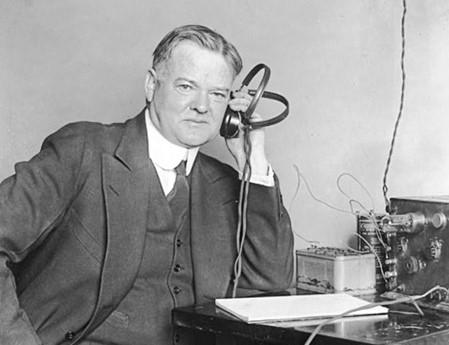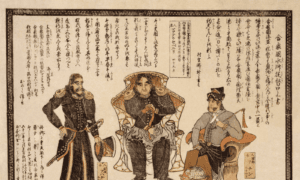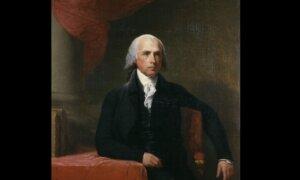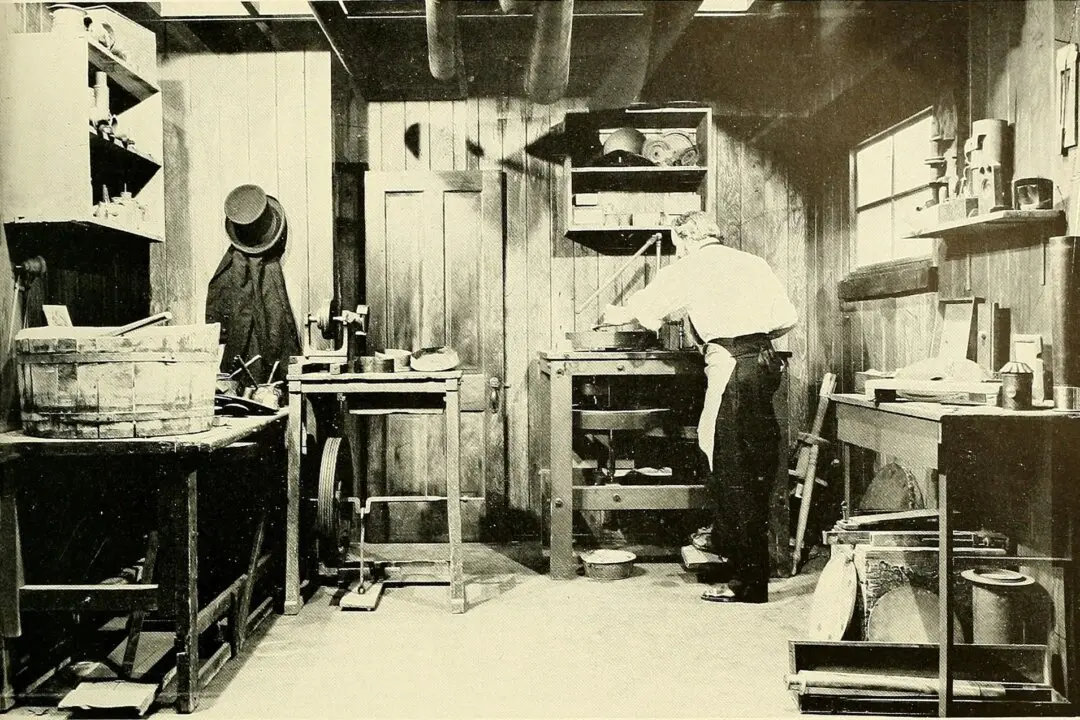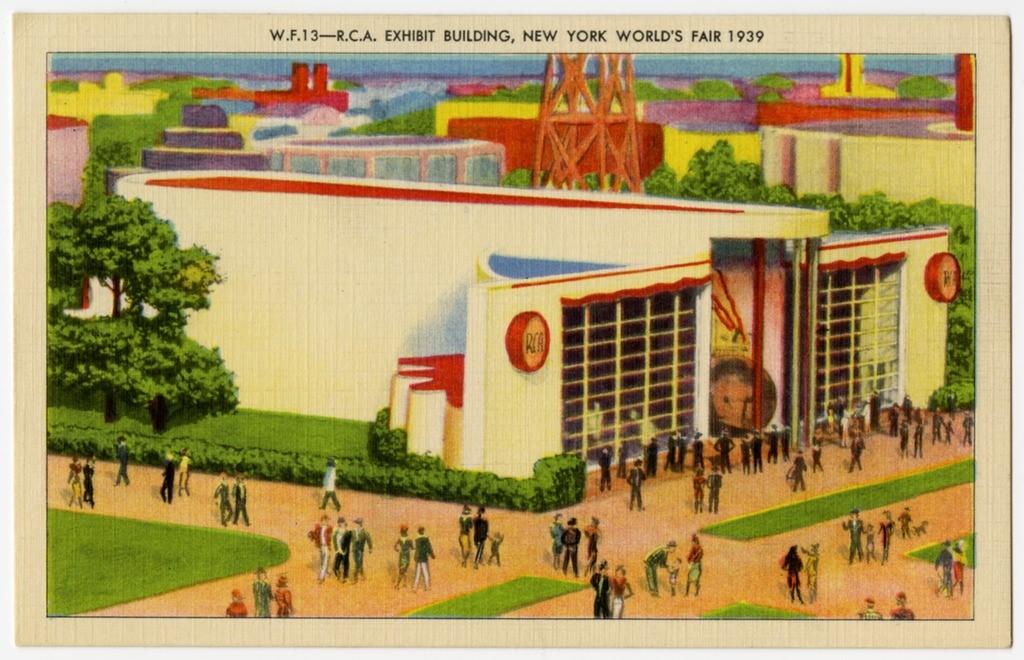Controversy long surrounded Alexander Graham Bell’s patent of the telephone. His patent application reached the U.S. Patent Office on Feb. 14, 1876. That controversy arose due to the fact that an electrical engineer and co-founder of the Western Electric Manufacturing Company, Elisha Gray, submitted his application on the same day―he did not, however, submit it at the same time, or, more importantly, before Bell.
A Centennial Showing
On May 10, 1876, Philadelphia hosted the Centennial Exhibition, a world’s fair celebrating the country’s 100th anniversary and predominantly the power of American innovations and inventions. The six-month exhibit witnessed approximately 10 million visitors, with about 180,000 on its opening day. The most notable guest was President Ulysses S. Grant who presided over the opening ceremonies. There were 200 buildings erected on the 236-acre lot, including the 35-acre Main Hall, which extended a third of a mile and was the largest building constructed in the United States at the time.The buildings and exhibits were powered by the 45-foot-tall steam powered Corliss Engine. The event introduced many inventions and items to the American public, many of which have remained staples of American culture, like root beer, popcorn, band-aids, bananas, typewriters, sewing machines, the Statue of Liberty’s hand and torch, and, arriving in June, Bell’s telephone. Western Electric also had exhibits at the fair and won five first-class awards.
The following year, Bell established the Bell Telephone Company and laid the first phone line between Boston and Somerville, Massachusetts. On June 17, 1914, in partnership with Western Electric, the last telephone pole that connected New York to San Francisco was raised, establishing the first transcontinental phone line. By this time the company had been called American Telephone and Telegraph Company (AT&T) for nearly 30 years.
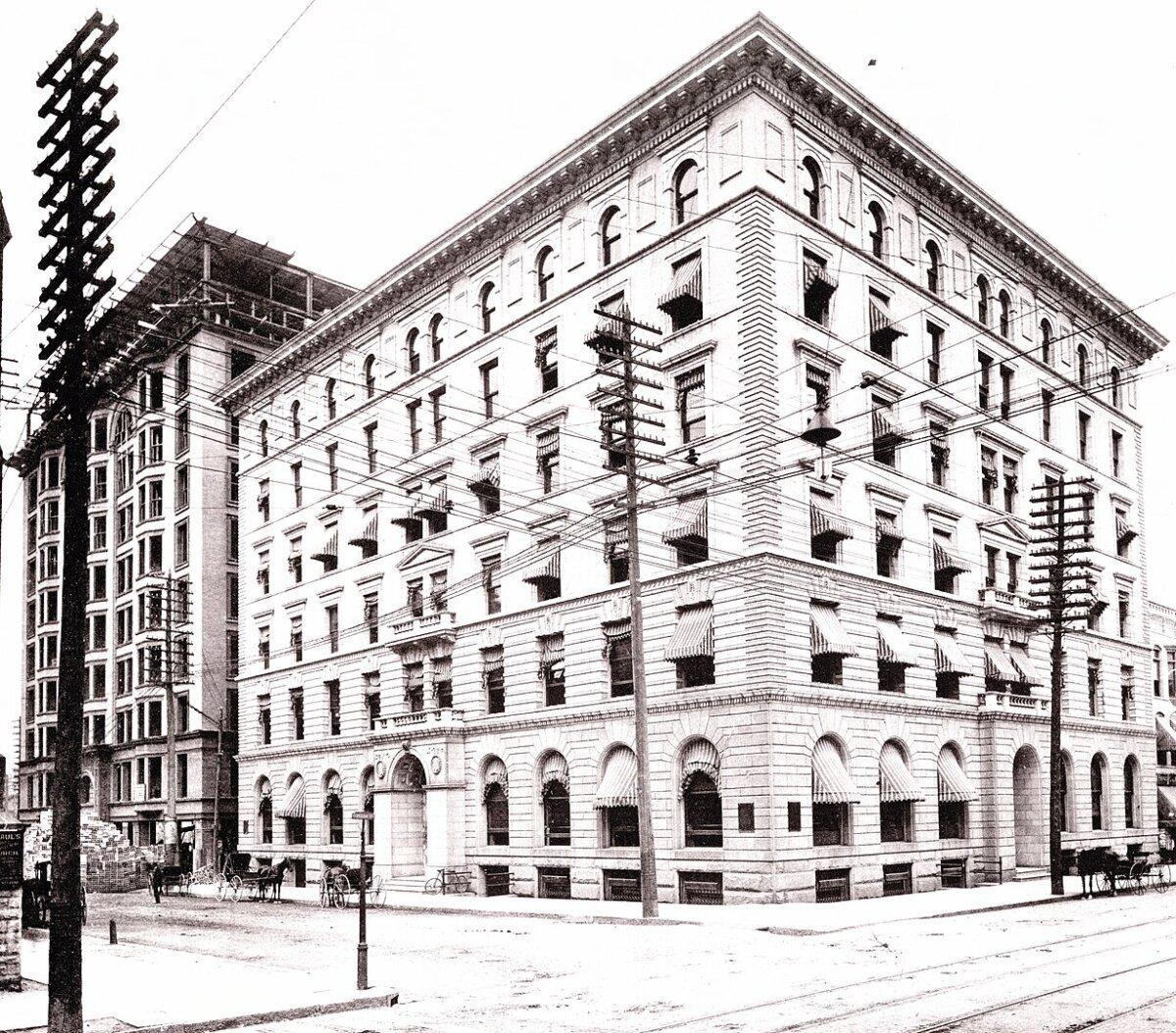
A Man of Optics
Six years after the Centennial Exhibition and three years before Bell Telephone Company finalized its name, Herbert Ives was born in Philadelphia. His father, Frederic, was the inventor of the photographic halftone process, which is used in publishing to transfer images by way of thousands of dots. Ives developed an appreciation for optical physics, which is the study of light properties and their interaction with matter. His illustrious career resulted in one of the most defining moments in America’s cultural history.Ives graduated from the University of Pennsylvania in 1905 and earned his doctorate in physics from Johns Hopkins University. He began his career as an assistant physicist for the National Bureau of Standards for a short stint, but in 1909 joined the private sector where he would spend most of his career.
In 1918, however, Ives joined the war effort with the U.S. Army Signal Corps. He held the rank of major and was head of an aviation section that focused on photography. Ives wrote a book about his experience called “Airplane Photography,” which was published in 1920 and addressed how to conduct aerial photography.
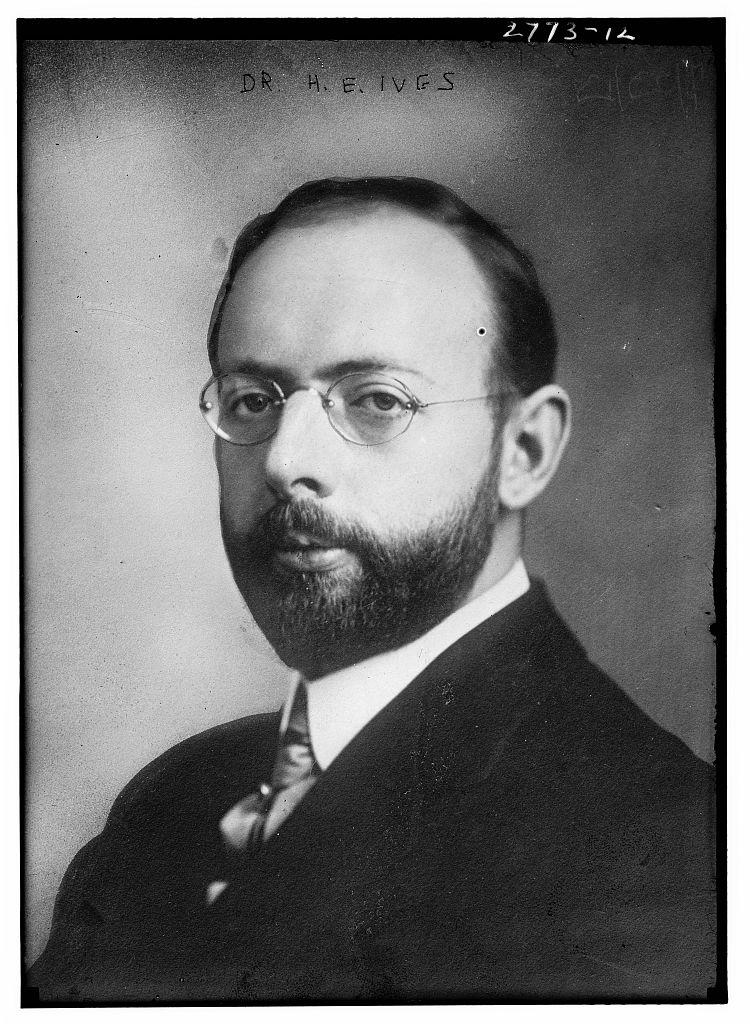
Visually Stunning Ideas
After his brief time in the army, Ives joined the engineering division of Western Electric as a physicist. Western Electric became one of Bell’s major manufacturers starting in 1882 (the year of Ives’s birth), but in 1901 it became AT&T’s exclusive supplier, purchaser, and distributor. Ives tackled the task of telephotography, a process that is comparable to what is produced by the fax machine. Through telephotography, images could be sent via wire. By 1924, AT&T had demonstrated the use of telephotography and, by the following year, it was in commercial use, predominantly by newspapers. That same year (1925), the Western Electric engineering division became Bell Laboratories.With the success of telephotography, the idea of sending images via wire faster led Ives to consider the possibility of what became the television. Collaborating with Frank Gray, a fellow physicist and researcher, and Harry Stoller, a colleague who developed a method to synchronize the transmitter and receiver, Ives was able to demonstrate the television in its earliest form.
A Man for the Event
Herbert Hoover, who had garnered international renown for his work helping displaced people in war-torn Europe, was now the secretary of commerce, a position he held from 1921 until his election as U.S. president in 1928. The technology of the telephone, telegraph, and telephotography had become essential in promoting American commerce. Under Hoover’s guiding hand, the Department of Commerce had become a strong and active proponent in promoting commerce through aviation, fisheries, and radio. The growth of the department under Hoover earned him the nickname “Secretary of Commerce, Undersecretary of Everything Else.”The AT&T executives apparently believed it appropriate to involve Hoover in promoting this new invention.
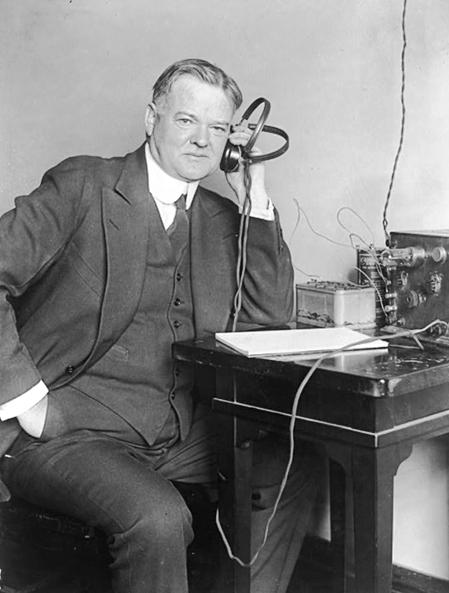
Numerous newspaper reporters gathered in AT&T’s New York City office and awaited a promised simultaneous audio and visual transmission. In Washington, Hoover had prepared a short message for the listeners and viewers. It was during this week in history, on April 7, 1927, that the first public long-distance television transmission took place.
The moment would forever change the way the world communicated with each other. As Hoover noted in his address to the journalists, “Today, we have, in a sense, the transmission of sight for the first time in the world’s history.”

